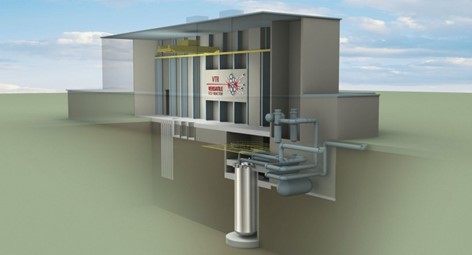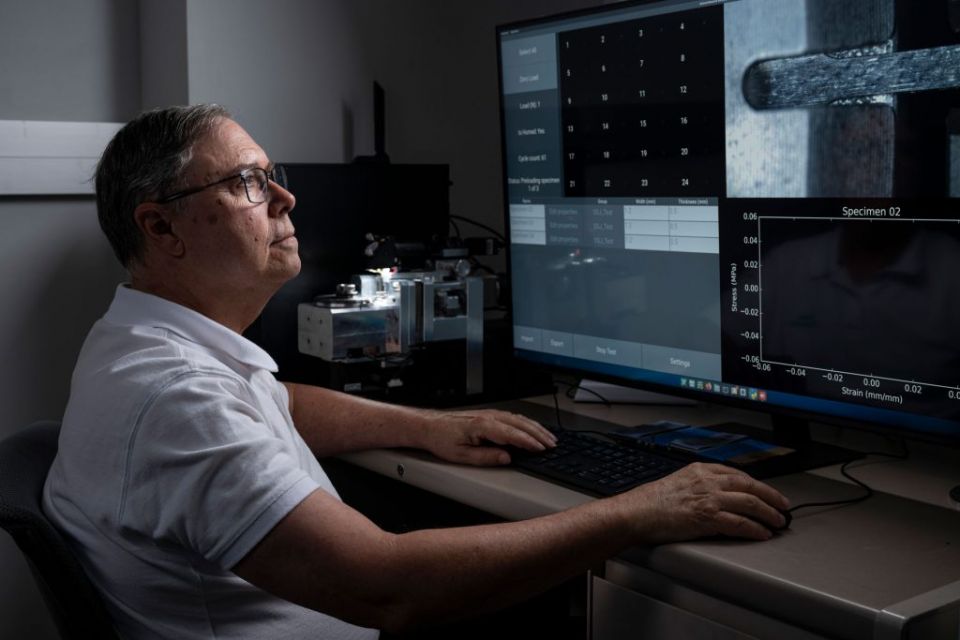Save the VTR!

On his blog, Neutron Bytes, ANS member Dan Yurman lays out two proposals for saving the Versatile Test Reactor.
The Department of Energy has plans to build the VTR at Idaho National Laboratory, but federal funding for the project may have dried up.
If built, the VTR would be the nation’s only large-scale, advanced fast-neutron source for endurance testing of nuclear fuels, sensors, and materials. It would be a 300-MWt reactor producing about 100 times the neutron flux and 20 times the neutron damage rate of current water-cooled research reactors or test reactors, according to the DOE. To produce fast neutrons, the VTR would require special fuel designed to meet research specifications.
In mid-August, a bill reported out of the House Appropriations Committee zeroed out funding for the VTR, even though there is broad support for the reactor from the nuclear science and engineering community and academia. “Unless a rescue plan is put in place soon, it could be a year or longer, or maybe even never, for the VTR to get funded by the government,” Yurman noted in a November 30 blog post.
Proposal #1: Yurman suggested two paths for saving the VTR, or at least establishing a VTR-type capability. The first is to add at least two DOE-funded VTR test loops to TerraPower’s Natrium reactor, which is to be built in Wyoming. “This effort would create the capabilities of the VTR on the same platform as if DOE was building the VTR from the ground up in Idaho,” Yurman said.
There is precedent for the DOE’s using commercial reactors for R&D testing, Yurman added. “The agency has plans to use one of the SMRs to be built by NuScale at the Idaho lab for R&D testing of hydrogen production and process heat applications and related materials to support them,” he said.
Proposal #2: The DOE should partner with the Department of Defense and make a national security case for funding the VTR’s work, according to Yurman.
Under Project Pele, the Defense Department is developing 1–5-MWe mini reactors to ensure tactical readiness of military bases by supplying them with reliable electricity. “The commercial nuclear industry is the supplier of the mini reactor designs,” Yurman said. “If the commercial nuclear industry hopes to benefit from DOD’s work on Project Pele, it is going to need the VTR to validate key elements of their designs.”
The Russians are coming: Yurman pointed out that Russia is currently building its version of the VTR and that reactor developers from other countries will have access to it. “The message to U.S. commercial developers is that if they want market share, support the VTR or others will take it from you,” he concluded.








